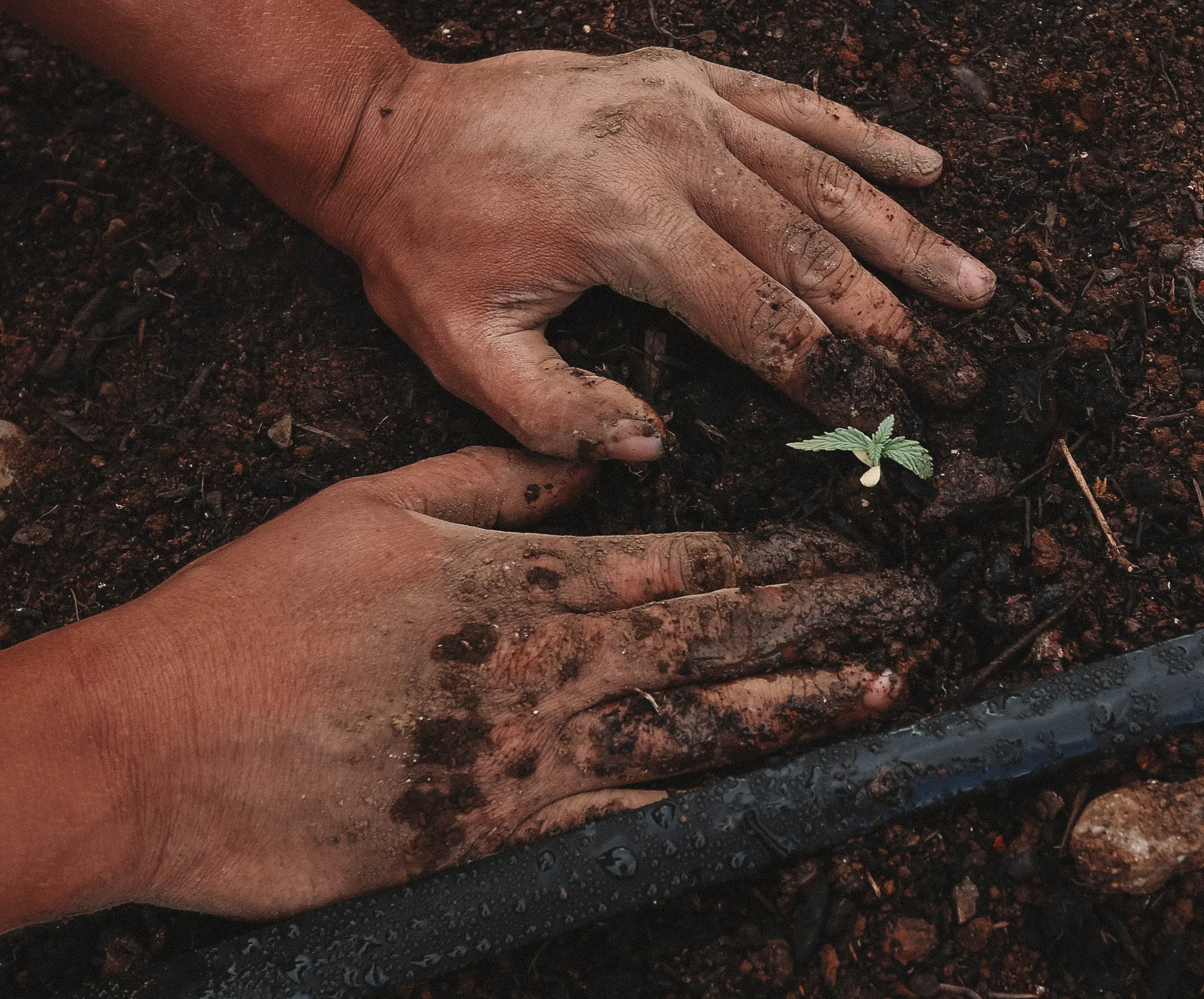No-Till Farming in Different Climates and Soil Types
Dive into 'No-Till Farming in Different Climates and Soil Types' from Vriksha Farms, a comprehensive guide for adapting no-till methods to diverse environments. This blog post explores how no-till farming can be effectively implemented in various climate conditions and soil types. Learn about the unique challenges and strategies for maintaining soil health and productivity across different agricultural settings. Gain insights into how no-till practices contribute to sustainable farming, regardless of geographical and climatic differences.

Introduction:
In the quest for sustainable agriculture, no-till farming has emerged as a revolutionary practice, offering myriad benefits to different climates and soil types. At Vriksha Farms, we recognize the significance of adapting farming techniques to diverse environmental conditions. This blog post explores how no-till farming can be effectively implemented across various climates and soil types, aligning with our commitment to Responsible Agroforestry and sustainable living.
No-Till Farming: A Versatile Approach for Diverse Climates
No-till farming, a method of growing crops without disturbing the soil through tillage, is not a one-size-fits-all solution. Its effectiveness varies based on climate conditions and soil types, each presenting unique challenges and opportunities.
1. Arid and Semi-Arid Climates:
In drier regions, water conservation is paramount. No-till farming aids in moisture retention by leaving crop residue on the soil surface, reducing evaporation. This method also minimizes soil erosion, a common concern in these areas. For arid and semi-arid climates, crops like sorghum and millet, which are less water-intensive, can thrive under no-till practices.
2. Temperate Climates:
In temperate regions, no-till farming supports year-round soil cover, which is crucial for preventing nutrient leaching and soil erosion during heavy rains. Crop residues provide a protective layer, enriching the soil as they decompose. Farmers in these climates can benefit from a diverse crop rotation strategy, incorporating both cash crops and cover crops.
3. Tropical Climates:
The challenge in tropical climates is often the rapid decomposition of organic matter due to high humidity and temperature. No-till farming helps in building up organic matter and improving soil structure over time. Crops like cassava, yams, and tropical legumes are well-suited for no-till systems in these regions.
Adapting No-Till to Various Soil Types
The success of no-till farming is also influenced by soil characteristics. Let's examine how this approach can be tailored to different soil types:
1. Clayey Soils:
Clayey soils, known for their high nutrient content but poor drainage, benefit significantly from no-till. This method improves soil structure, enhancing water infiltration and reducing surface crusting. It's essential to manage crop residues effectively to prevent excessive moisture retention.
2. Sandy Soils:
Sandy soils, with their quick drainage and low organic matter, are prone to nutrient leaching. No-till farming helps in increasing organic matter content and water retention capability in these soils. However, careful monitoring of irrigation practices is crucial to avoid waterlogging.
3. Loamy Soils:
Loamy soils are considered ideal for no-till due to their balanced texture. They respond well to residue management and exhibit improved soil health and productivity under no-till practices. A diverse crop rotation enhances the benefits in loamy soils.
Conclusion:
No-till farming, with its adaptability to different climates and soil types, is a testament to the ingenuity of sustainable agriculture practices. At Vriksha Farms, we're committed to promoting these practices, offering investment opportunities in managed farmland that prioritize environmental stewardship and long-term returns. Whether you're an urban dweller seeking a sustainable lifestyle, or a farmer aiming for self-sufficiency, our approach to Responsible Agroforestry caters to a diverse range of needs and aspirations.
Call to Action:
Embrace the future of farming with Vriksha Farms. Explore our managed farmland plots, designed to thrive in harmony with nature and yield sustainable returns. Contact us to learn more about how you can be part of this green revolution.
